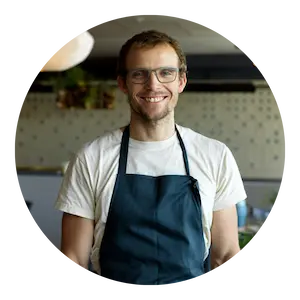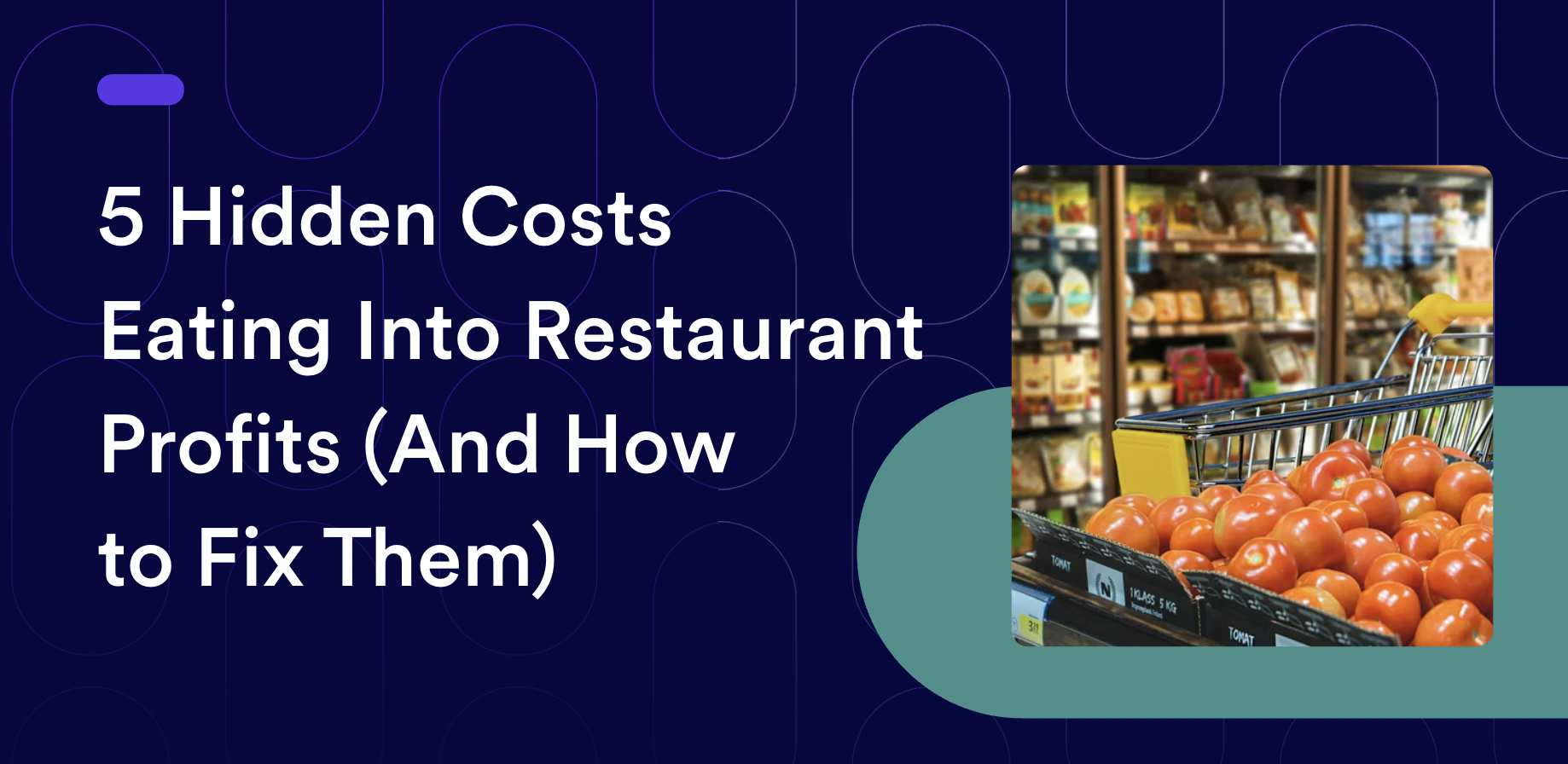Menu creativity is not just about producing something new; it's about crafting an experience that captivates, tantalizes, and leaves a lasting impression.
In a recent panel discussion at The Chef Conference in Philadelphia hosted by meez CEO/Founder, Josh Sharkey, culinary experts Rosio Sanchez (Owner/Chef of Hija de Sanchez Taqueria), Arielle Johnson (Science Director at NOMA and Author of Flavorama), Mr Lyan (Cocktail Bartender of Dandelyan, Lyaness, and Seed Library), and Thomas Frebel (Co-founder/Head Chef of Inua Japan) shared insights into their creative processes.
From this rich dialogue emerged 4 invaluable lessons on how to foster creativity while navigating the complexities of culinary innovation. Despite their varied backgrounds in pastry, flavor science, and mixology, they all shared a common passion for pushing the boundaries of taste and experience.
Collaboration Strengthens Guest Satisfaction
Involving team members in the creative process fosters a sense of shared ownership and investment in the final outcome. Each team member has their own unique culinary background, cultural influence, and personal preference, which contribute to a richer pool of ideas and insights.
This collective effort strengthens team cohesion and morale, creating a collaborative culture where individuals feel valued and empowered to contribute their creativity and expertise
Establishing a feedback loop with fellow chefs, mixologists, and even a trusted group of regulars is also essential for refinement and improvement. Ask simple yet probing questions, such as “Do you like it or do you not like it?" and then delve into the reasons behind those responses.
Their criticism and suggestions for enhancement ensure that menu items evolve to meet the highest standards of taste, presentation, and customer satisfaction.
I know a dish is done if it cannot taste any better. The second part of that is giving it to my trusted colleagues around me. And if they all think it is as fantastic as I think it is, then it's good to go. But if some people are like, I don't get it, I think it's worth working on. You have a wide range of people that are going to be tasting that and everyone should be happy as you are.

Rosio Sanchez,
Owner/Chef of Hija de Sanchez Taqueria
Innovation Must be Balanced with Accessibility
During the panel, Chef Rosio Sanchez highlighted the challenge of introducing traditional Mexican cuisine to Scandinavian diners who may be unfamiliar with dishes like tacos. To address this, she and her team focus on making their creations relatable and approachable, incorporating local ingredients and adapting traditional recipes to suit the local palate.
Sanchez also spent time educating their audience on the cuisine, creating a poster on how to eat a taco with hands to guide patrons unaccustomed to eating this way.
Another way to balance innovation and accessibility is by using clear, relatable language when describing menu items to guests. By providing descriptive and inviting explanations, chefs and mixologists can help customers understand and appreciate the innovative aspects of their creations.
We have a habit of wanting to do things that are fairly weird, so we have to have the right communication around it. It’s not necessarily about changing the recipe. It's changing all of the ways in which we pitch it and kind of talk about it. So it's not freaking people out and it's kind of giving the right sense of opportunity for people to then dive into what it tastes like and explores.

Mr Lyan,
Cocktail Bartender of Dandelyan, Lyaness, and Seed Library
Clear Boundaries Help Analysis Paralysis
Whether it's physical limitations or cultural considerations, boundaries serve as guardrails that steer chefs away from chaos towards clarity.
One notable example cited by Mr. Lyan was the development of a cocktail using Koji, a traditional Japanese ingredient. Initially envisioned as a straightforward application, the team encountered logistical challenges that prompted them to rethink their approach.
Boundaries also foster resourcefulness. Arielle Johnson's mention of using rhubarb juice, which is easily accessible in Northern Europe, instead of lime juice in an agua chile illustrates the ingenuity born from necessity. When faced with scarcity or restrictions, chefs are inspired to uncover novel solutions.
I think a dish is never done. Maybe a guideline to a dish is on a piece of paper. But as we all know, ingredients change most of the time on a daily basis. Looking at the summer, if the sun was shining for three days, most likely the tomatoes will be incredible. And you don't need to do much to that tomato. But if it was raining for a week, you might just take it off because it's very unlikely that the tomato will cross those boxes.

Thomas Frebel,
Co-founder/Head Chef of Inua Japan
Profitability Can Coexist with Creativity
While creativity fuels excitement and novelty, it must coexist with operational efficiency and financial sustainability. During the panel, Chef Rosio acknowledged the need to allocate resources judiciously, ensuring that innovation enhances rather than compromises the overall business strategy.
Understanding the underlying principles and mechanisms behind culinary techniques is crucial for informed decision-making. Arielle Johnson emphasizes the importance of grasping the science behind food processes, enabling chefs to troubleshoot issues and optimize outcomes.
Whether it's understanding the fermentation process or the chemistry behind flavor interactions, chefs equipped with scientific knowledge can innovate with confidence and mitigate risks.
For me, once you understand how something works, you can move beyond the kind of surface level definition you have of it and get under the hood and make it work how you want. A lot of people I think get an association of science being like ‘this is the correct answer’. This is the sensible thing to do. This is rational. Like you must do it this way. It's very controlled. For me, I think understanding the mechanisms and science of food opens up a wonderful amount of chaotic possibility. That's why I like it so much.

Arielle Johnson,
Science Director at NOMA and Author of Flavorama
Conclusion
Culinary innovation is as much about the process as it is about the end result.
By embracing collaboration, seeking diverse perspectives, and setting clear boundaries, chefs can navigate the creative process with confidence.
And by infusing creativity with intentionality, chefs can unlock new realms of flavor, emotion, and connection, ensuring that dishes not only dazzle the palate but also resonate deeply with their audience.
Watch the full panel discussion on Menu Innovation at The Chef Conference

.png)





